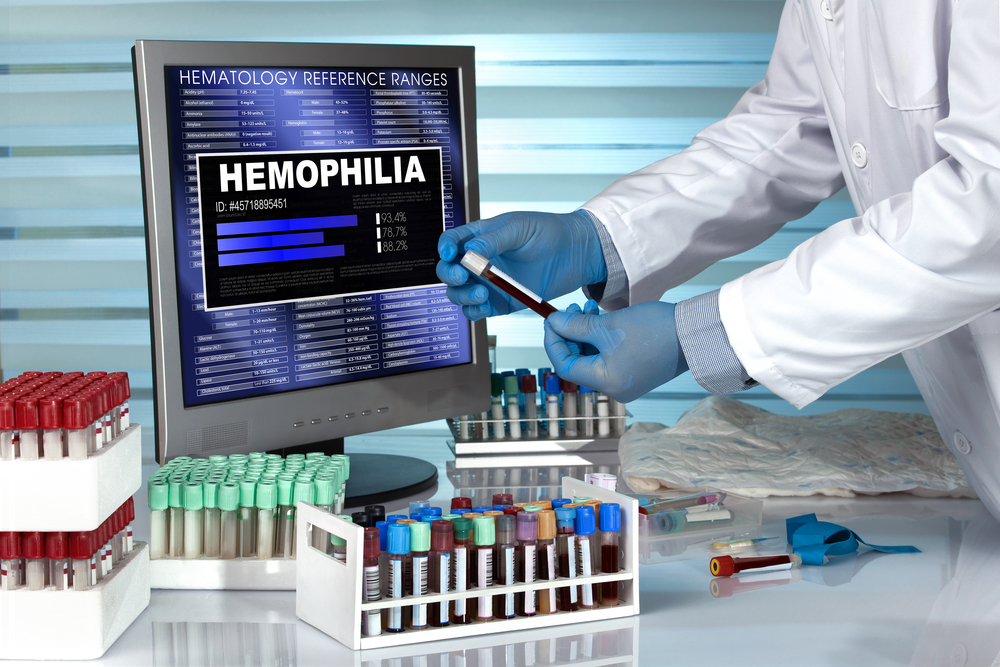Overview: Hemophilia A and Hemophilia B
Hemophilia is a serious blood-clotting disorder that impacts bleeding and lacks the protein necessary for blood to clot and cease bleeding. For instance, if a hemophiliac suffers a minor cut, he or she can bleed on the surface of the body or internally, much longer and more dangerously than is normal.

Hemophilia is a genetic disorder, meaning it’s either inherited from a mother and passed on to her son, or due to a gene mutation that prior to birth. While hemophilia mainly affects males, females can carry the hemophilia A or B gene mutation, and they may also suffer the symptoms. Both hemophilia A and B causes a deficiency in a specific protein that supports blood clotting:
- Patients with hemophilia A lack the clotting factor VIII (8)
- While patients with hemophilia B are deficient in clotting factor IX (9)
Both hemophilia A and B are typically born with the disorder and diagnosed in early children. Hemophilia A is the more common form impacting roughly 1 in 10,000 patients, while hemophilia B is rarer, affecting on average 1 in 50,000 patients.
The most telltale symptoms of both hemophilia A and B are as follows:
- Bruises
Prone to easy and large bruising that doesn’t heal quickly as normal.
- Unstoppable bleeding
Bleeding and large blood loss that doesn’t cease from an innocent cut, abrasion, injury, or surgery (i.e., tooth extraction at the dentist). Bleeding can also stop and start up again.
- Trace blood
Presence of blood in the stool, the urine, or both.
- Nose bleeds
Unexplained and sudden nose bleeding that occur with no injury.
- Interior bleeding
Swelling and pain in muscles after a fall or injury. This can indicate internal bleeding and requires immediate medical attention.
- Bleeding on the brain
Hemophiliacs can experience bleeding in the brain from something as innocent as a minor bump on the head. If bleeding on the brain is suspected, emergency medical attention is imperative. Bleeding on the brain is often accompanied by symptoms of neck stiffness and pain, issues walking, vomiting, headache, fatigue, and weakness throughout that body.











